Sorting through short-term rental income rules can feel like navigating a maze. You’re expected to know whether your client’s Airbnb or VRBO earnings belong on Schedule C or Schedule E, and whether self-employment tax kicks in.
The IRS doesn’t make it easy, but with the right knowledge, you can guide your clients through these decisions and help them avoid unnecessary tax liabilities.
Below, you’ll find a few of the top questions from a recent webinar on the topic and their corresponding answers. If you choose to attend the on-demand version of this webinar, you can access the full recording and the entire list of Q&As.
Q: If an Airbnb is a rental activity but does not provide significant services, would this be reported on Schedule E (Form 1040), Supplemental Income and Loss?
A: If an Airbnb is just a rental of space, meaning the taxpayers only provide the use of the property (furnished or unfurnished) and do not provide substantial services like meals, cleaning during the stay, tours, or concierge-type amenities, then the IRS treats it as a rental activity. In this case, report the income and expenses on Schedule E. It is not considered a trade or business for self-employment tax purposes, as no significant services were provided.
Q: My client owns an Airbnb property that is usually rented for less than seven days. However, this year, she rented one of the properties for three months and then for two months. Should I report the income on Schedule C, Profit or Loss From Business, or Schedule E for tax purposes?
A: Based on what you’ve described, it will come down to whether substantial services were provided, not just the length of stay. Schedule E is used if no substantial services exist (e.g., repairs, trash removal, client between guests, etc.). These services are provided only to maintain the property. Schedule C is used if the taxpayer provides substantial services to guests, such as a hotel or bed and breakfast, including meals, cleaning during the stay, and concierge-type amenities. The rental is more like running a business (hotel, etc.), not simply collecting rent on the rental.
Q: What about rentals that last a ‘season’? Our clients rent out houses and apartments surrounding seasonal activities in our area, so one renter can occupy a property for as long as fourteen weeks.
A: The tax treatment follows the same IRS framework for “seasonal” rentals, like summer beach houses, ski chalets, or lake cabins rented for a few weeks to a few months. The length of the stay alone doesn’t trigger Schedule C. The passive activity rules provide that it is a rental activity unless the taxpayer also provides substantial services.
Q: What about the event space rental business? Rent building space for events?
A: An event space rental business is generally not treated the same as a residential rental for Schedule E; it’s usually a Schedule C business. The IRS treats real property differently when renting for nonresidential purposes (e.g., parties, weddings, corporate events) rather than as a dwelling unit. Typically, the taxpayer is engaged in an active business of providing event space, often with staff coordination, setup, cleaning, utilities and possibly security, all of which are substantial services.
To learn more about short-term rentals, you can watch our on-demand webinar. NATP members can attend for free, depending on membership level! If you’re not an NATP member and want to learn more, join our completely free 30-day trial.
